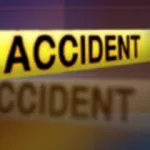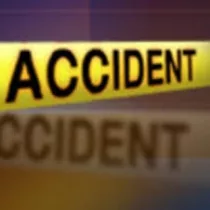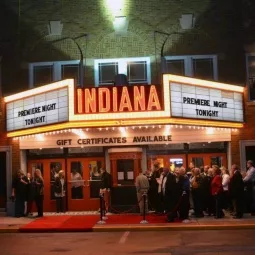From State Senator Eric Bassler of Washington:
During the 2018 legislative session, the Indiana General Assembly passed more than 200 bills to improve the Hoosier state. Most of these bills either went into effect when signed by Gov. Eric Holcomb or will go into effect July 1.
Here are some of the laws going into effect July 1.
Safety for Motorists
Senate Enrolled Act 100 allows fire departments to provide free vehicular carbon monoxide testing to the owner of a vehicle at the owner’s request.
Crimes that Result in Loss of a Fetus
Senate Enrolled Act 203 allows a perpetrator to be charged with murder, voluntary manslaughter, involuntary manslaughter or feticide, depending on the circumstances of the event, for the loss of a fetus at any stage of development.
Property Rights
House Enrolled Act 1035 prohibits local governments from enacting ordinances that ban homeowners from using their primary residence as a short-term rental.
For a full list of 2018 legislation, click here.

Governor Shares DCS Report
In January, the Child Welfare Policy and Practice Group(CWG) began a thorough study of Indiana’s Department of Child Services (DCS) at the direction of Gov. Eric Holcomb.
CWG recently concluded their six-month assessment of DCS and offered 20 recommendations to improve the agency, including the following:
- Treat and support families struggling with substance use disorders;
- Relaunch the family-centered practice model of care;
- Improve use of data and technology to more effectively support DCS’ mission to serve Hoosier families and ensure child safety; and
- Transform the culture at DCS to encourage better decision making, training, professional development and advancement — particularly for those employees working directly with vulnerable children and families.
Because the complicated issues facing the agency range from staffing challenges to the negative ways that the opioid epidemic is affecting families, it will be critical for the governor, DCS officials and lawmakers to work together to implement positive changes.
Gov. Holcomb has directed $25 million to go to the agency immediately to increase DCS workers’ salaries and begin work on implementing the recommendations. In addition, DCS has hired an associate director whose primary responsibility will be implementing the recommendations provided by CWG.
Finally, this summer and fall, the Interim Study Committee on Courts and the Judiciary and Legislative Council will review the report in order to determine what legislative action may be needed.
These are important first steps toward helping DCS get back on track, and I will be paying close attention to andkeeping you informed on this issue as we move forward with this process.
To view a full copy of the CWG report, click here.
Fireworks Safety
With the Fourth of July quickly approaching, it’s important to be sure to follow state and local laws, and be safe when you handle fireworks. The Indiana Department of Homeland Security offers a list of tips and laws to keep handy as you celebrate.
Indiana’s Unemployment Rate Remains Low
Indiana’s workforce continues to thrive, with the state’s unemployment rate remaining lower than the national average for more than four years. In May, Indiana’s rate was 3.2 percent, with the national rate at 3.8 percent, and we continue to outrank our neighboring states.
To see a list of employment data for Indiana counties, cities and metropolitan statistical areas (MSAs), click the following links below:
Labor Force Estimates for U.S., Indiana, MSAs, Counties, Cities
Ranking of Indiana Counties by Unemployment Rate
Indiana County Map with Unemployment Rates
Indiana High School Students are Ready for College
The Indiana Commission for Higher Education recently released its 2018 College Readiness Report, which shows Indiana high school graduates are more prepared for college than in previous years.
The report found that while the number of high school graduates who go directly to college continues to hold steady at approximately 64 percent, those who choose to pursue postsecondary education are prepared for college coursework and more likely to succeed.
See the full 2018 College Readiness Report here.













